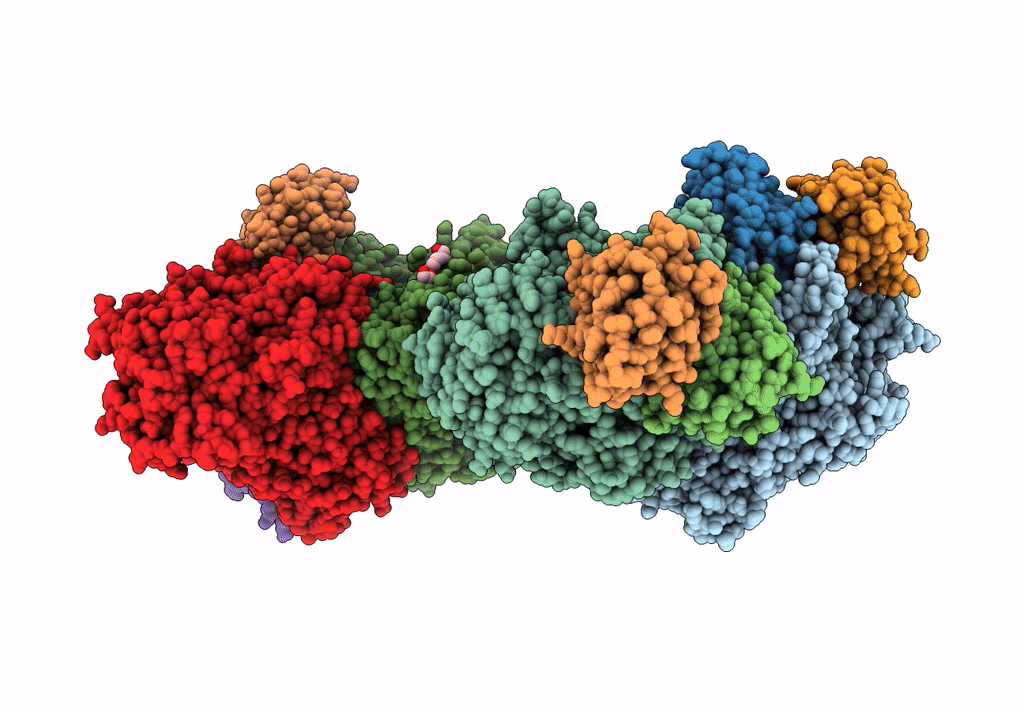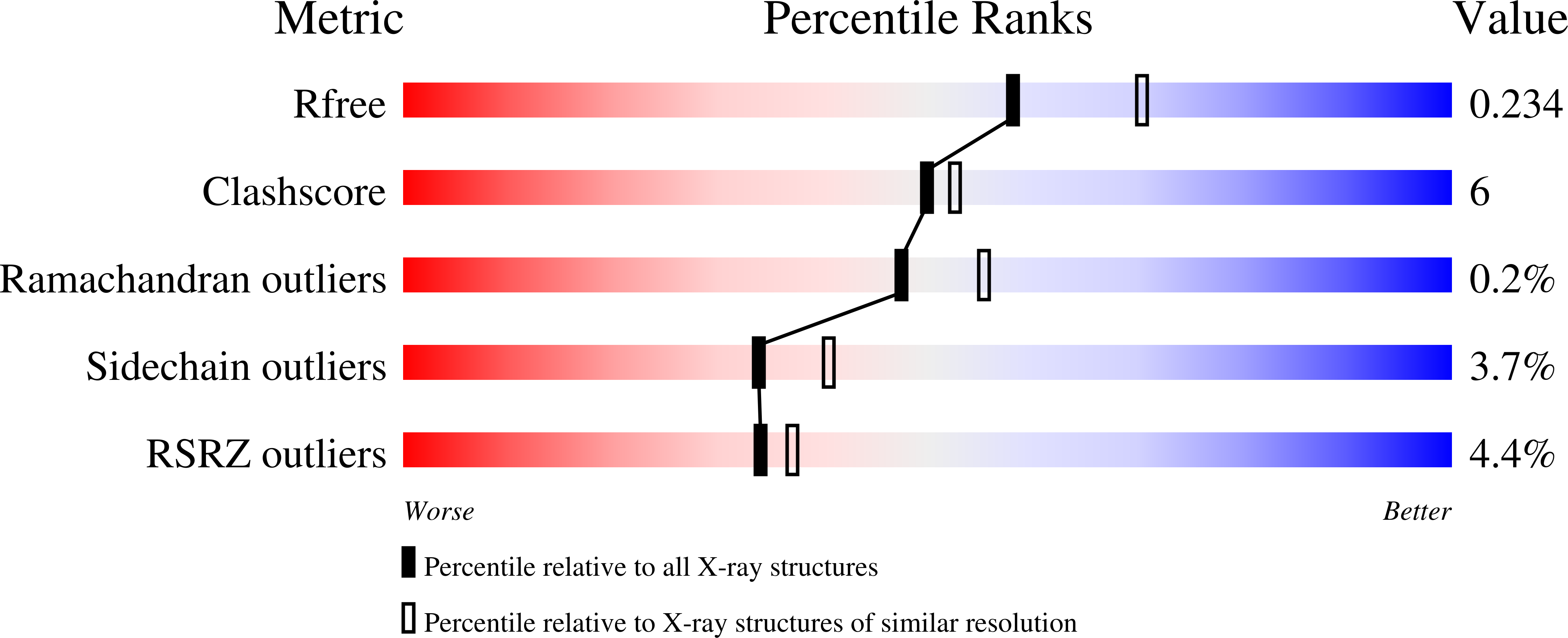
Deposition Date
2022-09-03
Release Date
2023-04-12
Last Version Date
2024-10-09
Entry Detail
PDB ID:
8ED4
Keywords:
Title:
Structure of the complex between the arsenite oxidase and its native electron acceptor cytochrome c552 from Pseudorhizobium sp. str. NT-26
Biological Source:
Source Organism:
Pseudorhizobium banfieldiae (Taxon ID: 1125847)
Host Organism:
Method Details:
Experimental Method:
Resolution:
2.25 Å
R-Value Free:
0.23
R-Value Work:
0.18
R-Value Observed:
0.18
Space Group:
P 1 21 1


